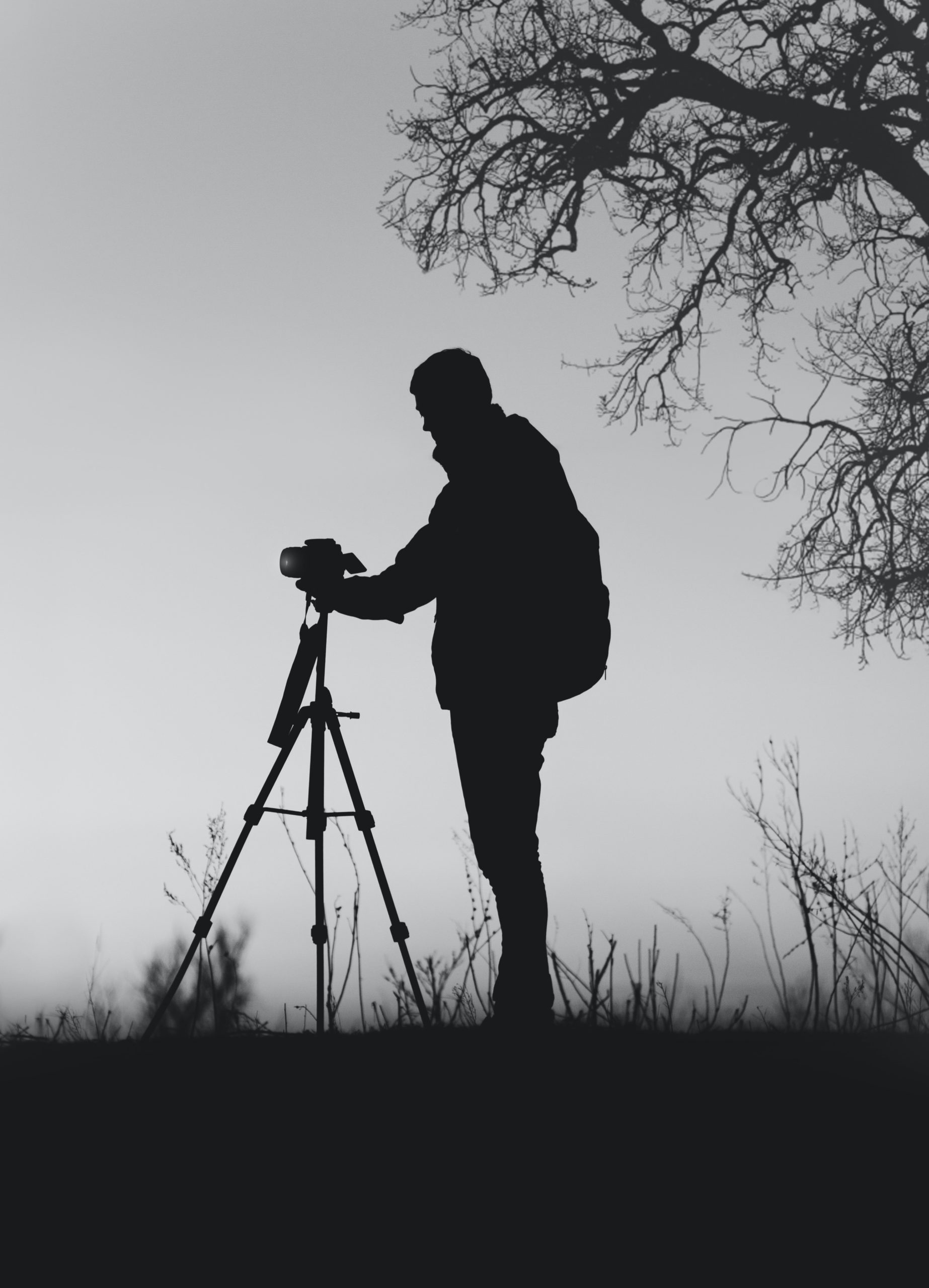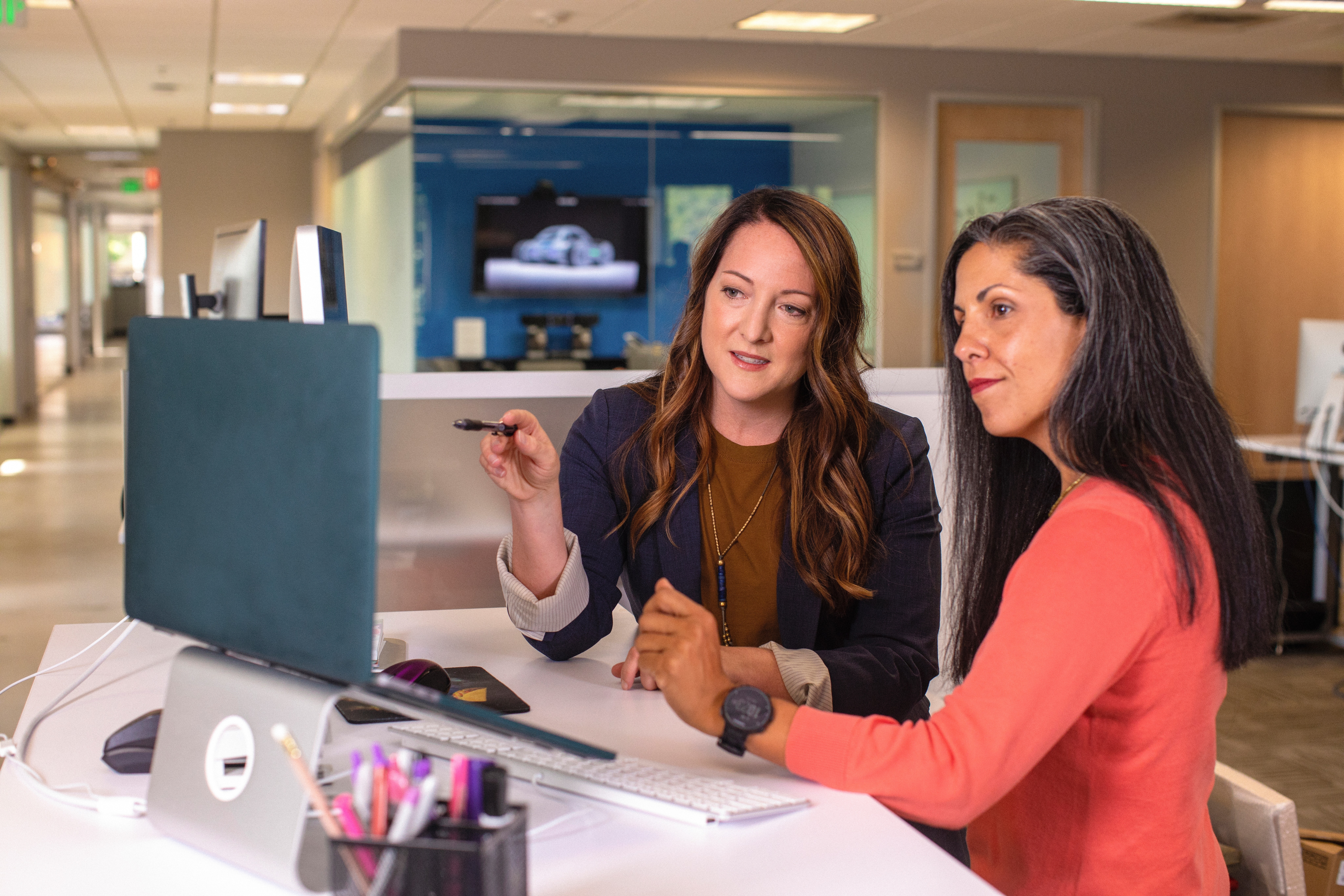If you’re an insurance agent who writes photography insurance, it’s important to understand the unique risks that these businesses face. Photographers take still and video pictures for clients, either at their own studios or off-premises at the customer’s home, business, or at a third-party site such as a hall rented for a wedding reception or a school event. Some photographers specialize in a single field, such as portraits, wildlife photography, or sporting events.
Most photographers today use digital cameras and computer-generated images, which has changed the profession. Processing and retouching involve only the use of computer software. Photographers who continue to use film may arrange for developing, printing, and mounting photographs. They may also store archival photographs for a fee. Other services offered may include touching up photographs or restoring old or damaged prints.
What about photography equipment?
Photographers have unique property exposures that include an office, studio, and incidental storage. Ignition sources include electrical wiring and lighting. Combustibles include substantial amounts of paper and props used in the studio. Cameras and electronic equipment used in digital photography are high in value and are highly susceptible to damage from fire, smoke, water, breakage, and theft.
Crime exposure is also a concern for photographers, as employee dishonesty and theft of money and securities can occur. If employees deliver photographs off-site, there should be a written procedure for tracking orders and receipts. Lack of control over pre-employment background screening and separation of duties increases the exposure.
Cameras and other equipment may be transported and used at off-site locations, and are sensitive and susceptible to damage from breakage, theft, and fire. Equipment must be kept in a locked compartment during transport. Coterie’s business owners’ policy offers off-premises coverage with endorsements available that offer increased limits.
Premises liability exposures can be moderate to high, with lights, equipment, and wiring that can cause trips and falls at the studio and off-premises. Photographers’ efforts on location to “get the shot” can result in injury to members of the public who may be in the way. Advertising and personal injury losses may result from violations of copyright or trade dress, invasion of privacy, and similar allegations.
Does your photographer client travel to shoots?
Depending on the frequency of off-premises shoots and the radius of operation, your photographer clients may want to consider hired and non-owned auto coverage. Age, training, experience, and records of the drivers, as well as age, condition, and maintenance of the vehicles, are all important items to consider. If you or your employees use your personal vehicles for business purposes, such as traveling to a location shoot, hired and non-owned auto liability insurance can provide coverage for third-party bodily injury and property damage claims that result from an accident. This coverage can help protect your business from financial losses resulting from auto accidents.
As an insurance agent, it’s crucial to recommend photography insurance coverage that addresses these specific risks to your clients. Be sure to review all their operations to ensure they are covered. Ready to give photographers and other small businesses a shot? Learn more about Coterie’s insurance product offerings today!





